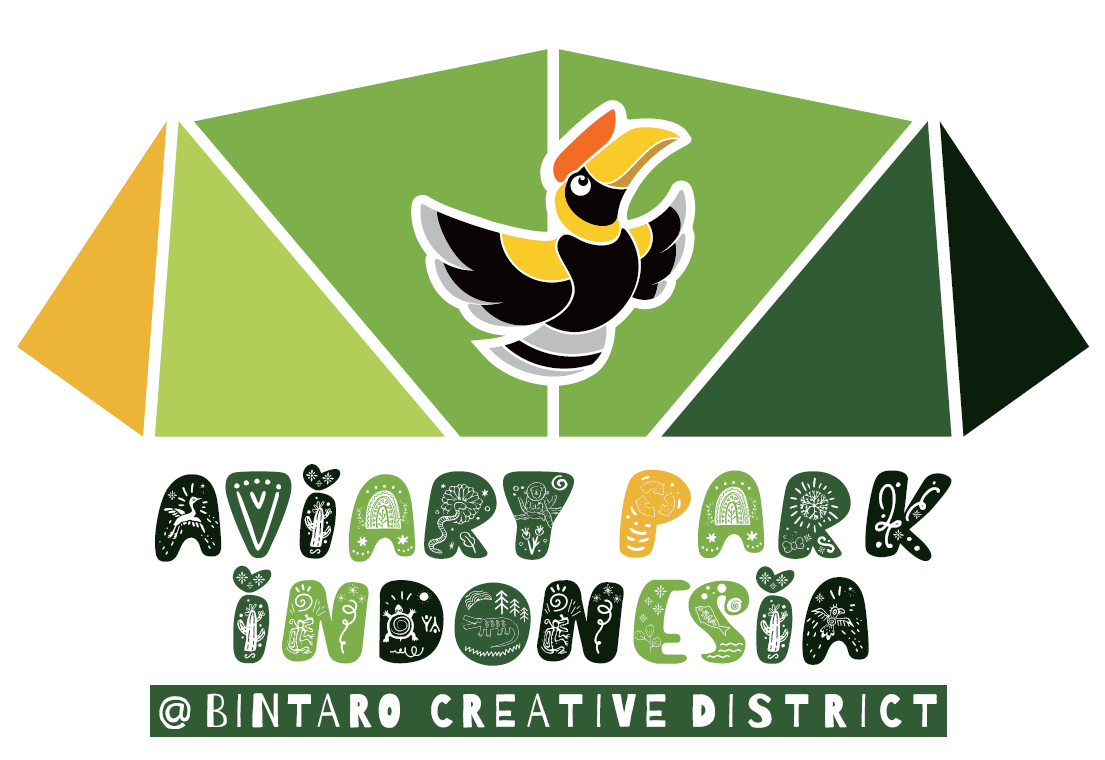Kijang Rusa: The Majestic Deer of Indonesia
Indonesia, with its diverse wildlife and stunning landscapes, is a paradise for nature lovers and wildlife enthusiasts. One of the most iconic animals found in Indonesia is the Kijang Rusa, also known as the Javan Deer. These majestic creatures can be spotted roaming the forests and grasslands of Indonesia, captivating travelers with their beauty and grace.
The Kijang Rusa is a medium-sized deer species that is native to Southeast Asia, including Indonesia. They are known for their slender bodies, long legs, and distinctive antlers, which are usually found on the males. These antlers can grow up to 90 centimeters in length and are used for fighting during the mating season.
In Indonesia, the Kijang Rusa can be found in various national parks and wildlife reserves, such as Baluran National Park in East Java and Way Kambas National Park in Lampung. These protected areas provide a safe habitat for the deer to thrive and reproduce, ensuring their conservation for future generations to enjoy.
One of the best ways to observe the Kijang Rusa in their natural habitat is to go on a wildlife safari or guided tour. Many tour operators in Indonesia offer guided excursions to national parks and wildlife reserves, where travelers can spot a variety of wildlife, including the Kijang Rusa. These tours often include knowledgeable guides who can provide valuable insights into the behavior and habits of these fascinating animals.
For those who prefer a more immersive experience, there are also opportunities to volunteer at wildlife conservation projects in Indonesia. Volunteers can assist with research and conservation efforts, helping to protect the natural habitats of the Kijang Rusa and other endangered species.
Now, let’s answer some of the most common questions about the Kijang Rusa:
1. Are Kijang Rusa endangered?
While the Kijang Rusa is not currently classified as endangered, they are facing threats from habitat loss and poaching. Conservation efforts are in place to protect these beautiful animals and ensure their survival for future generations.
2. What do Kijang Rusa eat?
Kijang Rusa are herbivores, feeding on a diet of grasses, leaves, and fruits. They are known to browse on a variety of plants and shrubs, depending on the season and availability of food.
3. How fast can Kijang Rusa run?
Kijang Rusa are fast runners, capable of reaching speeds of up to 56 kilometers per hour. This speed helps them evade predators and navigate through their forest habitats.
4. How long do Kijang Rusa live?
In the wild, Kijang Rusa can live up to 15 years, while in captivity, they may live longer. Their lifespan is influenced by factors such as food availability, predation, and disease.
5. Do Kijang Rusa live in herds?
Yes, Kijang Rusa are social animals that live in herds, typically consisting of females and their young. Males may form bachelor groups or solitary territories during the mating season.
6. What are the predators of Kijang Rusa?
Kijang Rusa have a few natural predators, including tigers, leopards, and crocodiles. They rely on their speed and agility to avoid being caught by these predators.
7. Are Kijang Rusa territorial?
Male Kijang Rusa are territorial animals and will defend their territory from other males during the mating season. They use their antlers to engage in fierce battles to establish dominance.
8. When is the mating season for Kijang Rusa?
The mating season for Kijang Rusa typically occurs during the dry season, when food is abundant. Males will compete for access to females, engaging in elaborate displays and fights to win mating rights.
9. How many offspring do Kijang Rusa have?
Female Kijang Rusa usually give birth to a single fawn, although twins are possible in rare cases. The fawn is born with spots that help it blend into its surroundings and avoid detection by predators.
10. Can I see Kijang Rusa in captivity?
Some zoos and wildlife parks in Indonesia have Kijang Rusa on display for visitors to admire. These facilities provide educational opportunities to learn more about these fascinating animals and their conservation needs.
In conclusion, the Kijang Rusa is a truly remarkable animal that embodies the beauty and diversity of Indonesia’s wildlife. By learning more about these majestic deer and supporting conservation efforts, we can help ensure their continued presence in the wild for generations to come.
